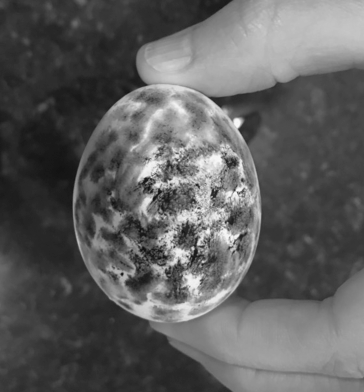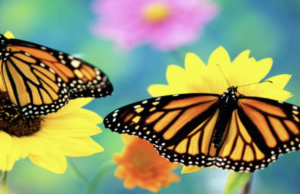Eggcellent Decorating Hacks | Take a crack at these twists to classic tradition
By Grace Waseskuk on April 19, 2019Basic Easter Eggs
An overview- Start off with hardboiled eggs for all of these. For basic eggs, use about ½ cup of boiled water and a teaspoon of vinegar (varies), and your desired amount of food coloring. Drop eggs carefully into solution until they have reached your desired shade.
Pro- Easy to do, especially for little children.
Con- Can get boring. Read ahead for ways to spice it up.
 Speckled Easter Eggs
Speckled Easter Eggs
Place uncooked rice and food coloring in a bowl, set egg into bowl, seal lid tightly and gently shake. Use multiple colors for a fun twist.
Pro- makes for a newer twist on a classic.
Con- Can be a little messy, use gloves for less mess.
Marble Easter Eggs
Swirl food coloring onto Saran Wrap and carefully wrap up the egg. Once you remove it, you will have a great design.
Pro- Creates a beautiful design in a short time.
Con- Not easy to do. More of a craft than a kids’ activity.
Cotton Ball Easter Eggs
Dip a cotton ball in food coloring diluted with water, and dab onto the egg. Use different colors to create a background effect, great for more designs on top.
Pro- Uses household options.
Con- Can be time consuming. Plan ahead.
Search
News

Rocket League team advances to Nationals
Rusty Sheehan | May 31, 2024A little while ago, the beginning of the esports season was covered by the Tiger Hi-Line, including the rocket league team who, at the time, was in the process...
-
 Lana Greenleaf | May 29, 2024
Lana Greenleaf | May 29, 2024
HCC technology camps can expand young learners’ coding knowledge coding, more
-
 Lana Greenleaf | May 21, 2024
Lana Greenleaf | May 21, 2024
-
 Hanna Lane | May 21, 2024
Hanna Lane | May 21, 2024
-
 Lana Greenleaf | May 15, 2024
Lana Greenleaf | May 15, 2024
Incoming seventh graders can prepare for junior high with Boost
-
About
The Tiger Hi-Line Online is an award-winning creation produced by the journalism students at Cedar Falls High School. We produce written, photographic and video stories of the latest news around campus as well as teen-centered topics from around the world. The content is created entirely by students, primarily from the newspaper, broadcast and yearbook courses at Cedar Falls High School. Please email any story ideas to hilinestaff@gmail.com.Tags
2018-2019 2019-2020 alayna yates AOTW art artist of the week athlete of the week basketball books Cedar Falls High School CFHS choir Christmas college COVID donald trump Eden Davis entertainment Erin McRae feature Football games halloween home homecoming Iowa Jaden Merrick jared hylton movies music news opinion our view politics prom robotics Sabine Martin Sal Engle Skylar Promer Sophia Schillinger sports state Swimming video games volleyball




You must be logged in to post a comment Login